When the female gong team Kgiang village (Kong Long Khong commune, Kbang district) always has members using their phones to record their performances. Afterwards, the whole team reviews the performances to gain experience and adjust the formation, movements and rhythm.
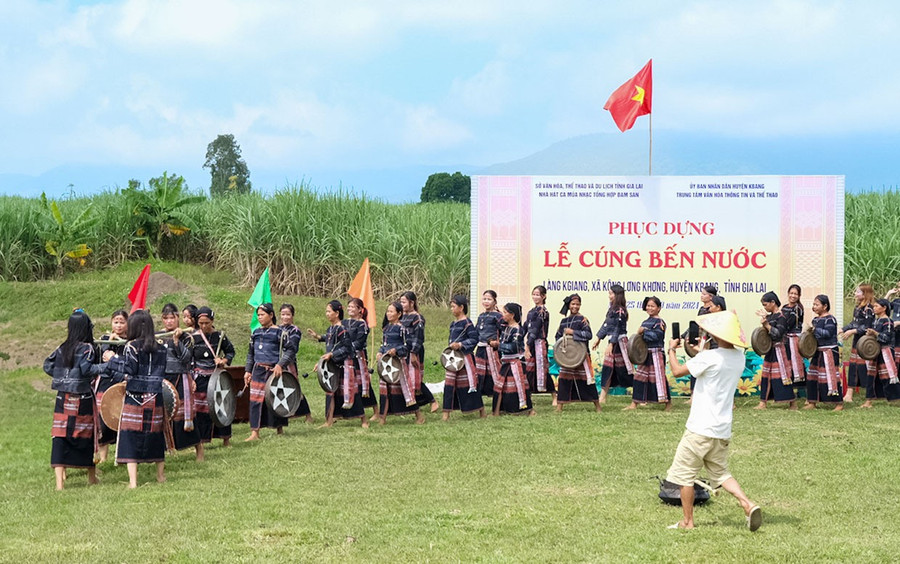
Cultural activities in the community are recorded by the people themselves and spread on digital platforms. Photo: MC
Ms. Dinh Thi Han, a member of the Kgiang village female gong team, said: “Thanks to this method, members can correct their mistakes very quickly, without having to receive direct instruction from artisans or village elders. Through recording and saving gong music, the younger generation like us can learn more ancient gong music.”
Not only gong performances, rituals, ceremonies, and traditional crafts of the Bahnar people, people also regularly record videos with their phones and spread them on social networking sites Zalo and Facebook.
When cultural values are digitized on online platforms, people will have more convenient access to and creation of culture. At that time, culture will not only promote its value as a spiritual foundation but also as a material potential for socio-economic development.
With that meaning, in November 2024, the Department of Cultural Heritage (Ministry of Culture, Sports and Tourism) coordinated with the Department of Culture, Sports and Tourism to organize training in self-promoting cultural heritage values for over 30 artisans of Ia Grai district.
Among them, the most prominent is the photovoice technique - the community tells their own cultural stories. Mr. Nong Quoc Thanh - Deputy Director of the Department of Cultural Heritage - said: Through actual surveys, ethnic minorities use smartphones with audio and video recording functions accounting for over 60%. Many members of the community upload video clips to Facebook, YouTube, TikTok... and create a huge spread.
The training program helps artisans master the skills of content creation and video recording with clear purposes to post on digital platforms. From there, introduce and widely promote the nation's typical cultural heritage. After the training course, artisans practice the skills to create recorded products with better quality, content, images and sound.
In addition, artisans are guided in the skills of connecting images, sounds, and introductions to traditional customs, rituals, and performances of the community to form stories about cultural life from their own perspective.
“In the context of globalization and the explosion of the 4.0 revolution, applying the photovoice method to help the community introduce itself and promote heritage values associated with tourism development is highly feasible and suitable for the trend of the times.
This is a new point for the community in the activities of preserving and promoting cultural heritage that they are the creators and owners of, thereby creating new resources for the community to develop sustainably" - Mr. Thanh emphasized.
Recently, the Cultural sector has promoted digital transformation. in some heritage conservation activities. Typically, the inventory of gongs in the whole province at the end of 2020 was carried out using survey methods, ethnographic fieldwork, recording combined with digital applications in interviews, video recording, and photography to synthesize data and assess the current status.
With a scientific and specific inventory method, the results have relatively accurately reflected the current status of gongs in the community. This survey recorded that the whole province still preserves 4,576 sets of gongs, a decrease of 1,079 sets compared to the inventory results in 2008.
According to Master Nguyen Quang Tue - Head of Cultural Management Department (Department of Culture, Sports and Tourism), the gong inventory results provide accurate data, reflecting the conservation results close to real life. The inventory not only counts the quantity but also evaluates the overall practice environment of gongs in the community.
In particular, the digitization of data from the gong inventory is the basis for the cultural sector to continue promoting the preservation and development of the values of the gong cultural space in the coming time.
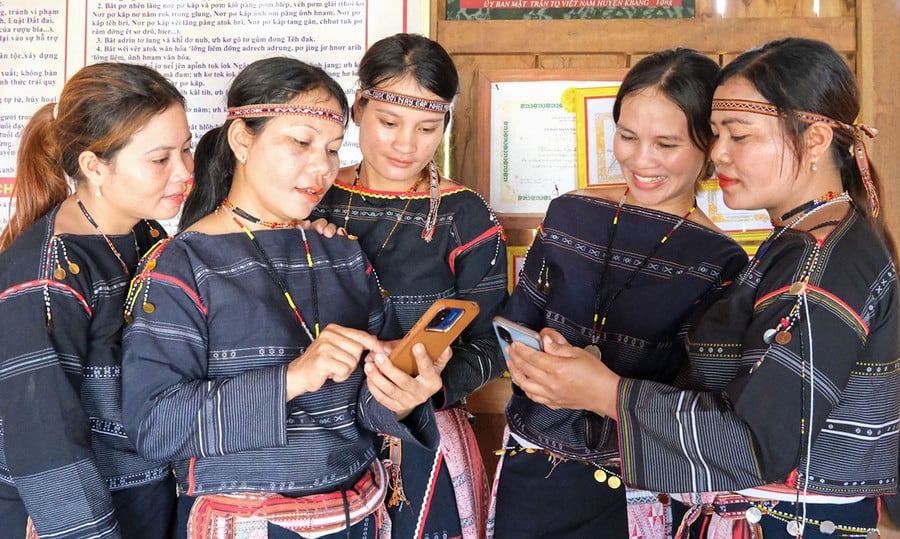
Members of the Kgiang village female gong team review their performance recorded on their phones. Photo: MC
“From this inventory data, in 2025, the Department of Culture will continue to use Google Maps to accurately locate each family with gongs. Along with that, the Google Photo application is integrated with Google Maps to display all relevant information. For example: How many sets of gongs does Mr. A's family have in which village or commune, and what activities are associated with gongs? Anyone who wants to find the address can easily and accurately find the available coordinates.
This is one of the applications of digital transformation that effectively supports the current work of preserving cultural heritage. Grassroots cultural officers will have an overview and accurate grasp of the current status of gongs in the locality" - Master Nguyen Quang Tue said.
Among the factors affecting the digital transformation process, awareness plays an important role. Therefore, in order to apply technological solutions to the work of preserving and promoting cultural values, not only must digitalization be popularized to the people, but each cadre and civil servant must also be equipped with the necessary skills, and at the same time, orient and support the people so that they can "tell their own village stories" using the photovoice method.
Source: https://mic.gov.vn/gia-lai-ung-dung-chuyen-doi-so-trong-bao-ton-van-hoa-197241223095113919.htm



![[Photo] Looking back at the impressive moments of the Vietnamese rescue team in Myanmar](https://vstatic.vietnam.vn/vietnam/resource/IMAGE/2025/4/11/5623ca902a934e19b604c718265249d0)



![[Photo] "Beauties" participate in the parade rehearsal at Bien Hoa airport](https://vstatic.vietnam.vn/vietnam/resource/IMAGE/2025/4/11/155502af3384431e918de0e2e585d13a)
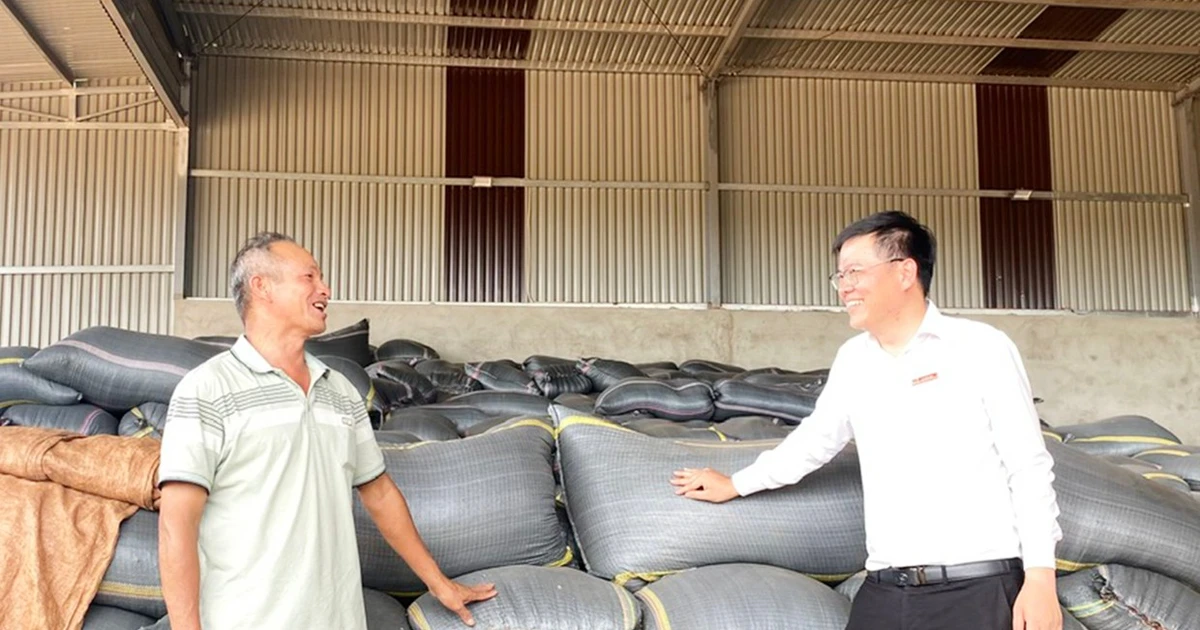

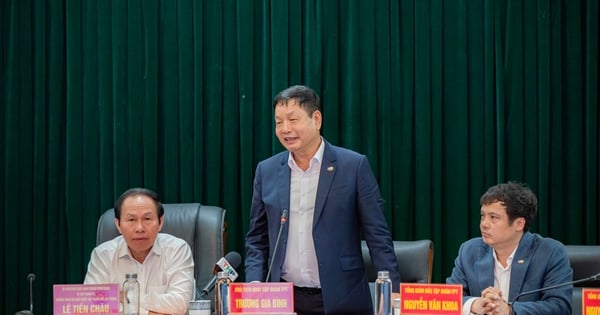



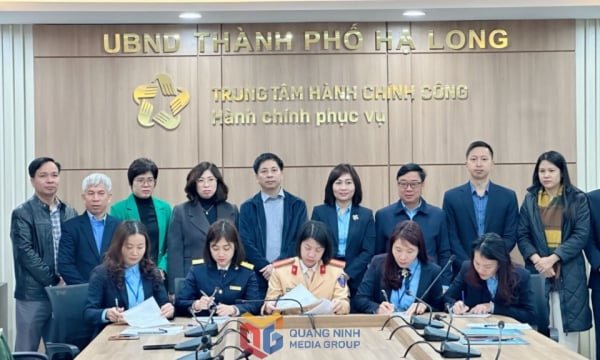
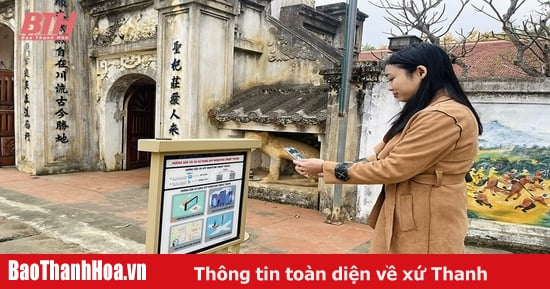

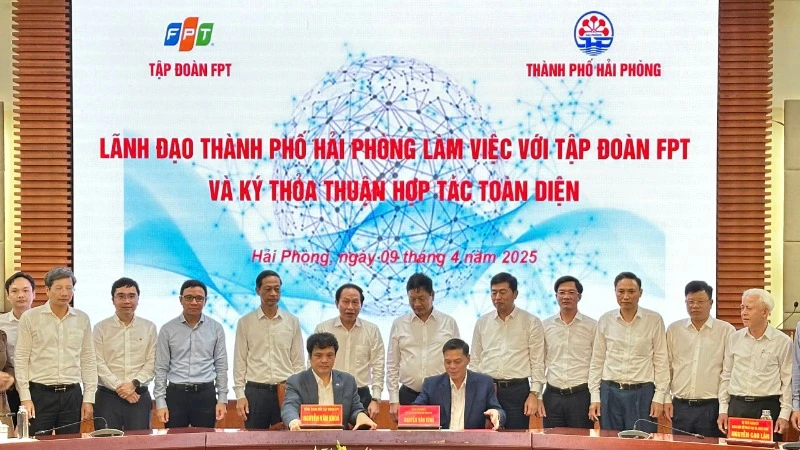













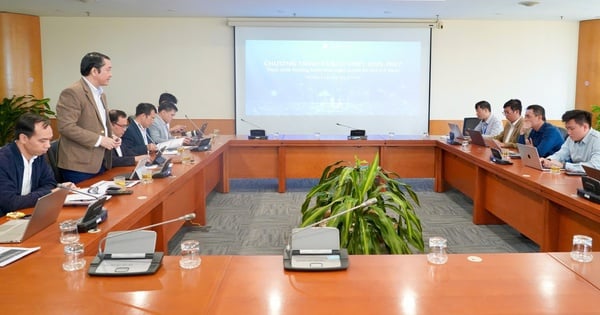


![[Photo] Summary of parade practice in preparation for the April 30th celebration](https://vstatic.vietnam.vn/vietnam/resource/IMAGE/2025/4/11/78cfee0f2cc045b387ff1a4362b5950f)

































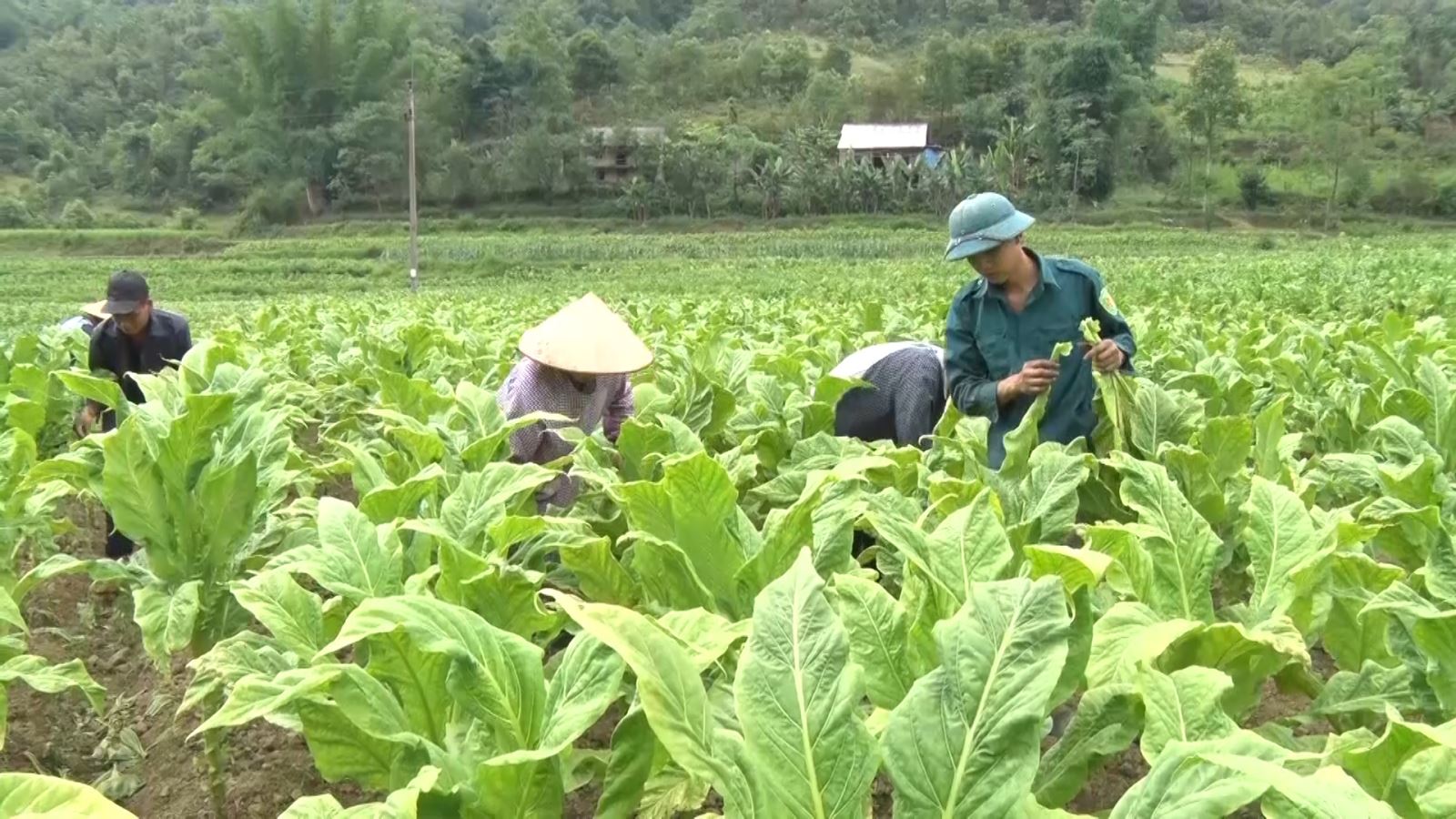

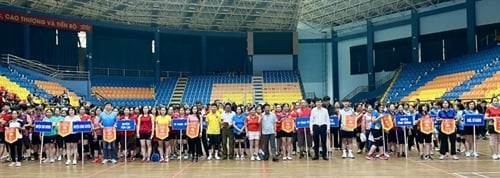


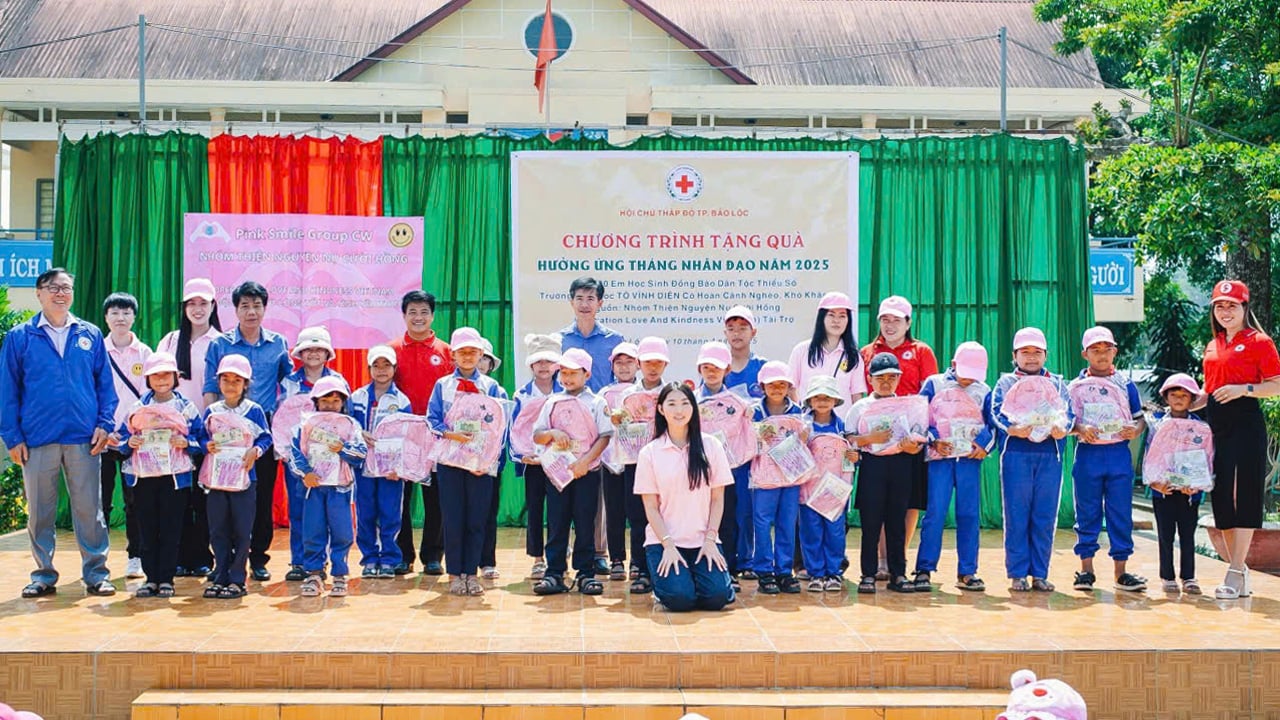












Comment (0)